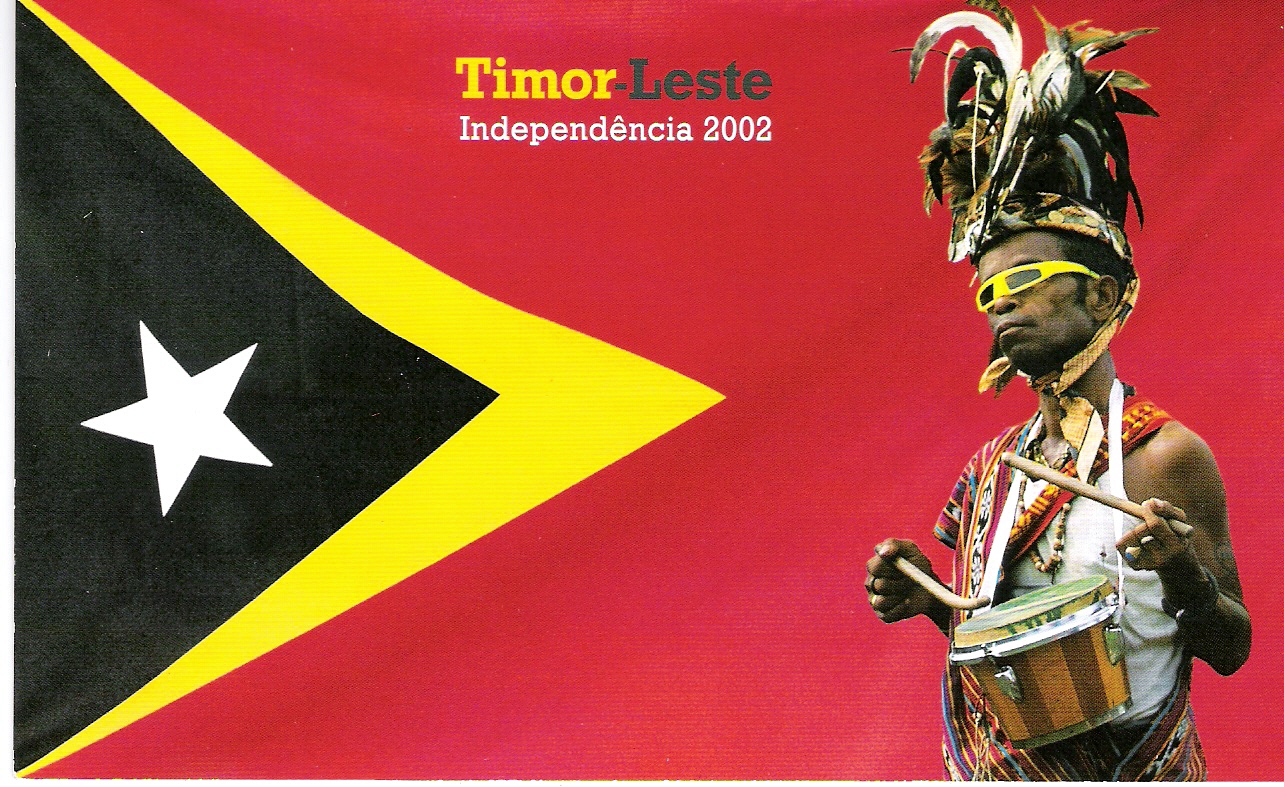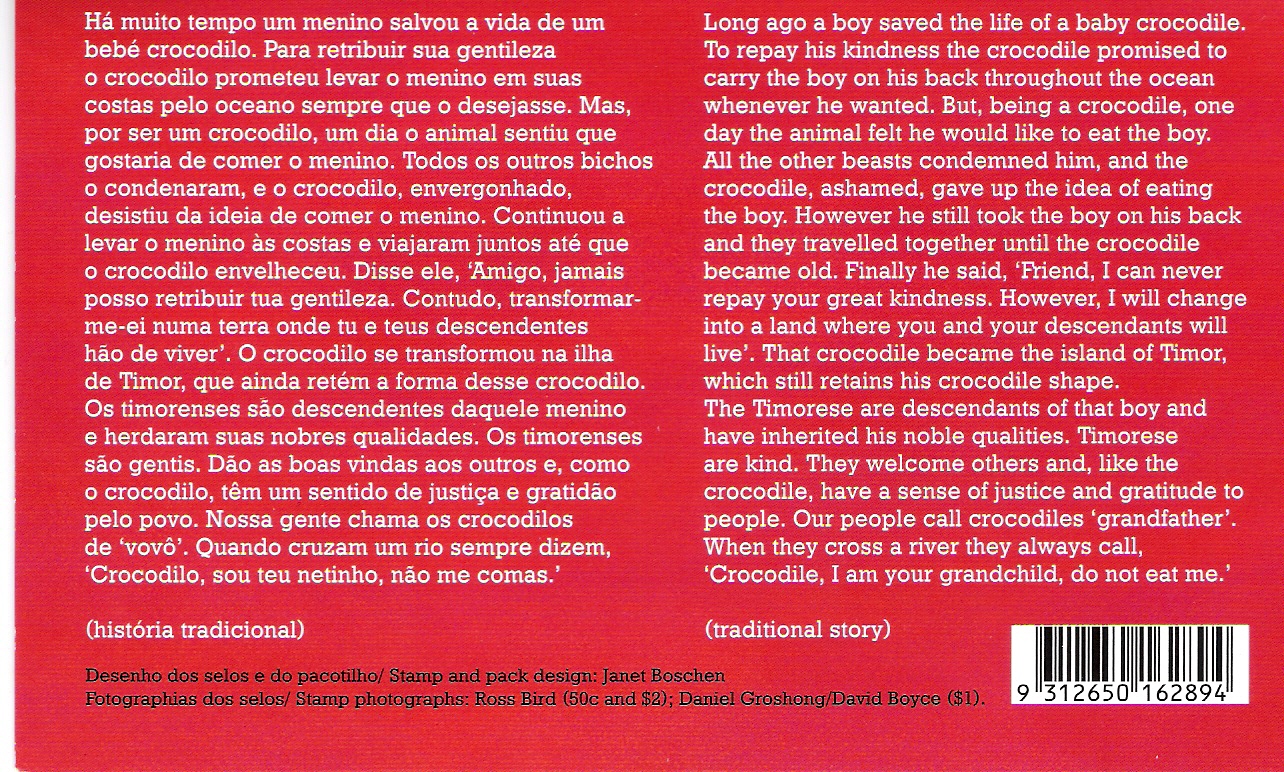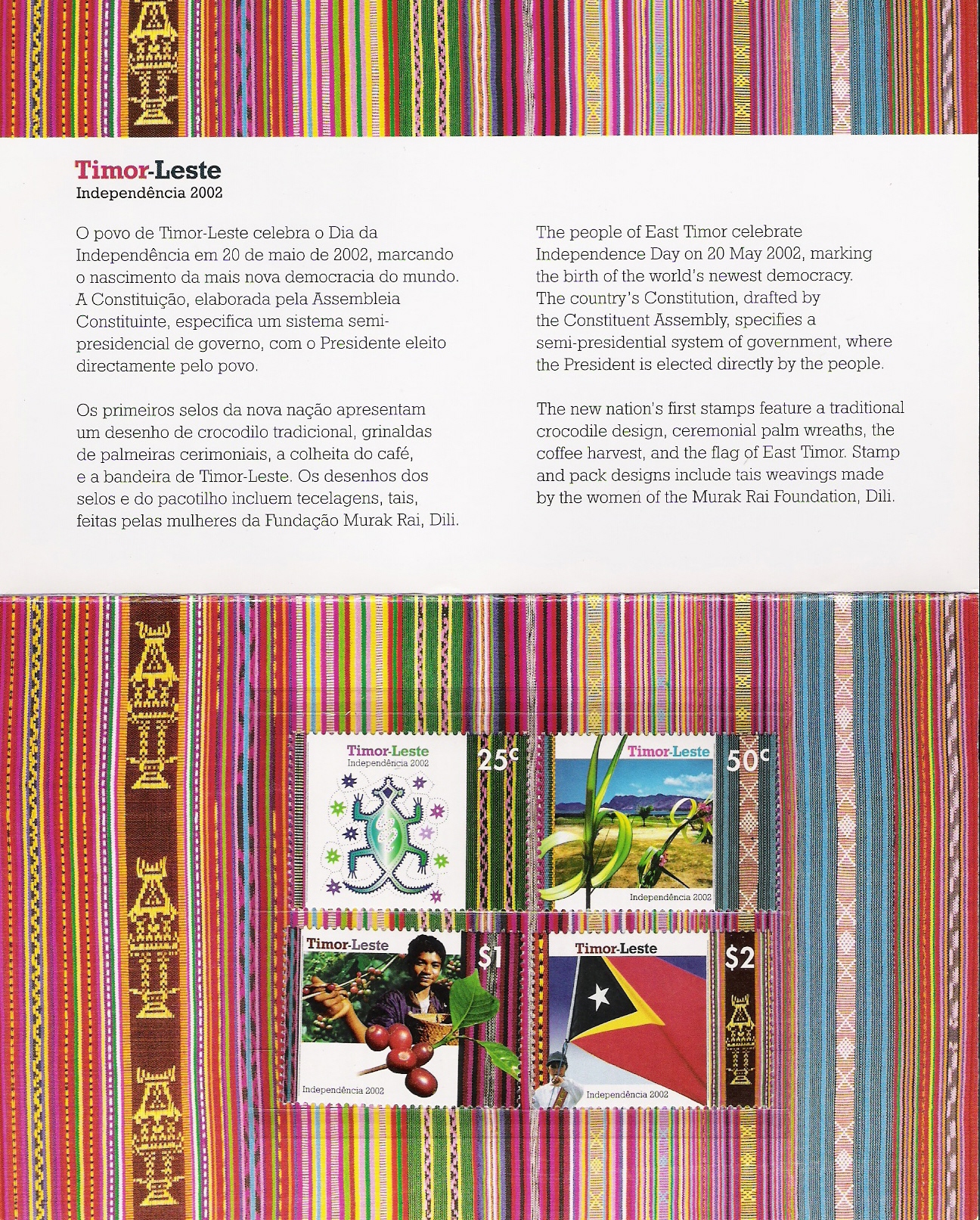
1. General Background[1]:
On May 20, 2002 Timor Leste became an independent nation. This newly acquired freedom was gained after East Timor’s experiences of Portuguese presence from the middle of the 16th century to 1975, Indonesian occupation between 1975-1999, and United Nations’ administration from end of 1999-May 2002. The literature refers to this new nation by a number of different names, reflecting the country’s historical experiences: Portuguese Timor, Timor Timur, Timor Loro Sa’e, Timor Leste, and East Timor. Its official designation is The Democratic Republic of Timor Leste. The Capital city is Dili.
The Democratic Republic of Timor Leste is located in Southeast Asia, just northwest from Australia and is bound by Indonesia on the West, the Timor Sea on the South, and the Banda Sea on the North. The Timor Sea and the Banda Sea are referred to by the Timorese colloquially as the “female sea” and “male sea”, respectively. [2] According to the official government website the country consists of a total area of about 14,604 km2 (5,638 mi2). This nation’s territory includes the eastern half of Timor Island, the islands of Jaco and Atauro, as well as the Oecussi district which is an enclave within Indonesian Timor. Timor Island is the largest and easternmost of the Lesser Sunda Islands of the Indonesian Archipelago. Most of the country is ruggedly mountainous with the highest peaks occurring at the Tata Mai Lau peak of the Ramelau ranges (2964 m) and the Bicau peak of the Mate Bian (2316m). The south coast forms a wide plain while plateaus characterize the north coast.[3] While much of the territory is rather arid, there are streams that have water all year around, such as Laclo, Lois, Tafara, Belulic, Caru ulun, Sui, and Cler. East Timor is currently divided administratively into 13 districts: including Lautem, Viqueque, Baucau, Manatuto, Aileu, Manufahi, Ainaro, Ermera, Liquiça, Dili, Bobonaro, Cova Lima and Oecussi (Ambeno).
The tropical climate has a dry and wet season. The average temperature is 80F (25C). However there is great variation since in coastal regions temperatures get as high as 95F (33C) while in the high mountains it may remain relatively cool, about 70F (23C). Indeed during the months of June and July the temperature in the mountains can plummet to around 36 F (5C) during the night time. During these months the mountains see steady rain fall and the air tends to be damp and humid.
The majority (90%) of the population is Roman Catholic (Cheney 1996-2003). Catholicism is syncretized with aspects of the traditional religions (mainly animism). Other religions represented in East Timor include Protestants, Muslims and Hindu-Buddhists (Surjadinata 2000). According to the UNFPA 2004 Census, the population is approximately 924, 642. There is an almost even distribution between males and females: 467, 757 males and 456, 885 females. The average life expectancy for males is 55 years and for females 58 years. The population also includes a small fraction of people who are not ethnically East Timorese: including Chinese and Arab merchants as well as Indonesians who married East Timorese.
The country is still underdeveloped and mainly agrarian. Potential economic resources include oil and gas reserves, coffee, sandalwood, marble and tourism. Highlands are covered with sandalwood and other tropical tress and the lowlands are mainly scrub and grassland with coconut and eucalyptus trees. The main economy is based on agriculture – the cultivation of wet-rice on the plains near major water sources, dry rice fields in the hills and mountains, coffee, maize, tobacco, copra, various tubers (yams). Sandalwood is another important economic item along with pearl fishing. Currently tourism is in the process of being developed and also oil in the sea bed between Timor and Australia is to be extracted to its fullest potential.[5] Also several donor countries are committed for the next decade to sponsor various development projects on the island.

Front of cover for first official stamps of Independent East Timor.
(Flag of East Timor)

Back of cover for first official stamps of Independent East Timor
(including a traditional myth)

The first official stamps of East Timor (inside cover for stamps has a background that illustrates a traditional hand-woven textile [tais])
| << Previous |